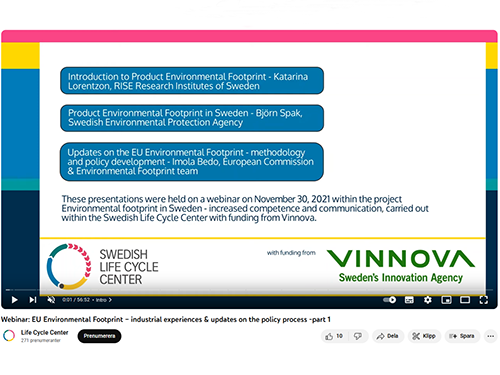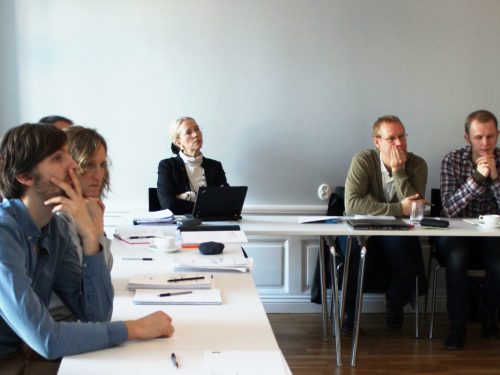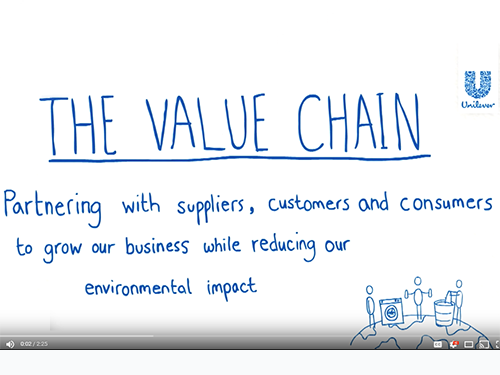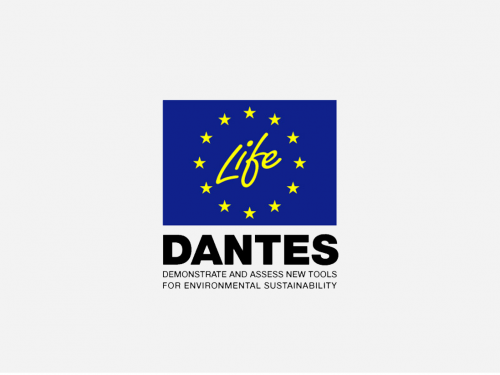Get started
Researching and working with the life cycle field involves exploring the environmental impact of products and processes. Applying Life cycle thinking (LCT) about a product means taking a holistic view of the impacts it causes. This means considering not just what happens during its production or use, but also how the raw materials were made and what happens after the user no longer wants the product. If you’re new to this area, here are three ways to become familiar with the field:
1. Get inspired and learn more about the life cycle perspective and its importance by watching four short Youtube videos.
Watch videos about the life cycle perspective
2. Navigating the LCA landscape can be overwhelming due to its many concepts, methods, and abbreviations. To simplify matters, our Scientific Director Greg Peters has compiled a downloadable glossary making terminology more accessible.
Download “LCA definitions list”
3. Explore inspiration and practical tips for integrating a life cycle perspective into environmental management systems.
Read “Introduce the life cycle perspective in environmental management systems” (In Swedish)
Explore
Life Cycle Assessment
Life cycle assessment, LCA, is an analytical method which aims to calculate the potential impact on the environment and the society that a product or service gives rise to throughout its life cycle from ‘cradle to grave’ – from raw material extraction to end of life handling.
From ISO 14040:2006
“life cycle assessment (LCA); is the compilation and evaluation of the inputs, outputs and the potential environmental impacts of a product system throughout its life cycle.”
“life cycle impact assessment (LCIA); phase of life cycle assessment aimed at understanding and evaluating the magnitude and significance of the potential environmental impacts for a product system throughout the life cycle of the product.”
“life cycle inventory (LCI); is a phase of life cycle assessment involving the compilation and quantification of inputs and outputs for a product throughout its life cycle”
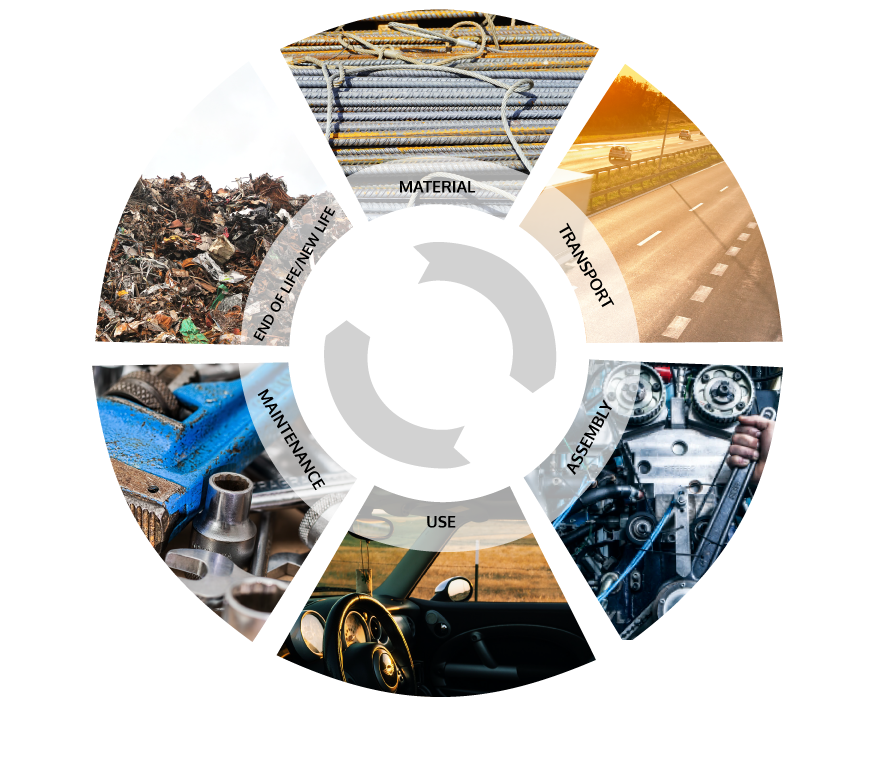
Life Cycle Management
Life Cycle Thinking is made operational through Life Cycle Management (LCM). LCM is a management approach that puts the tools and methodologies in the life cycle thinking basket into practice. It is a product management system that helps enterprises to minimize the environmental and social burdens associated with their product or product portfolio during its entire life cycle. /Life Cycle Initiative
Value chain hotspots
With Life Cycle Assessment an organization can identify the hotspots in their value chain, with the largest impact on the environment and the largest potential to reduce its impact.
In each life cycle stage there is the potential to reduce resource consumption and improve the performance of products, which affects the total environmental performance.
This example is from a tea product.
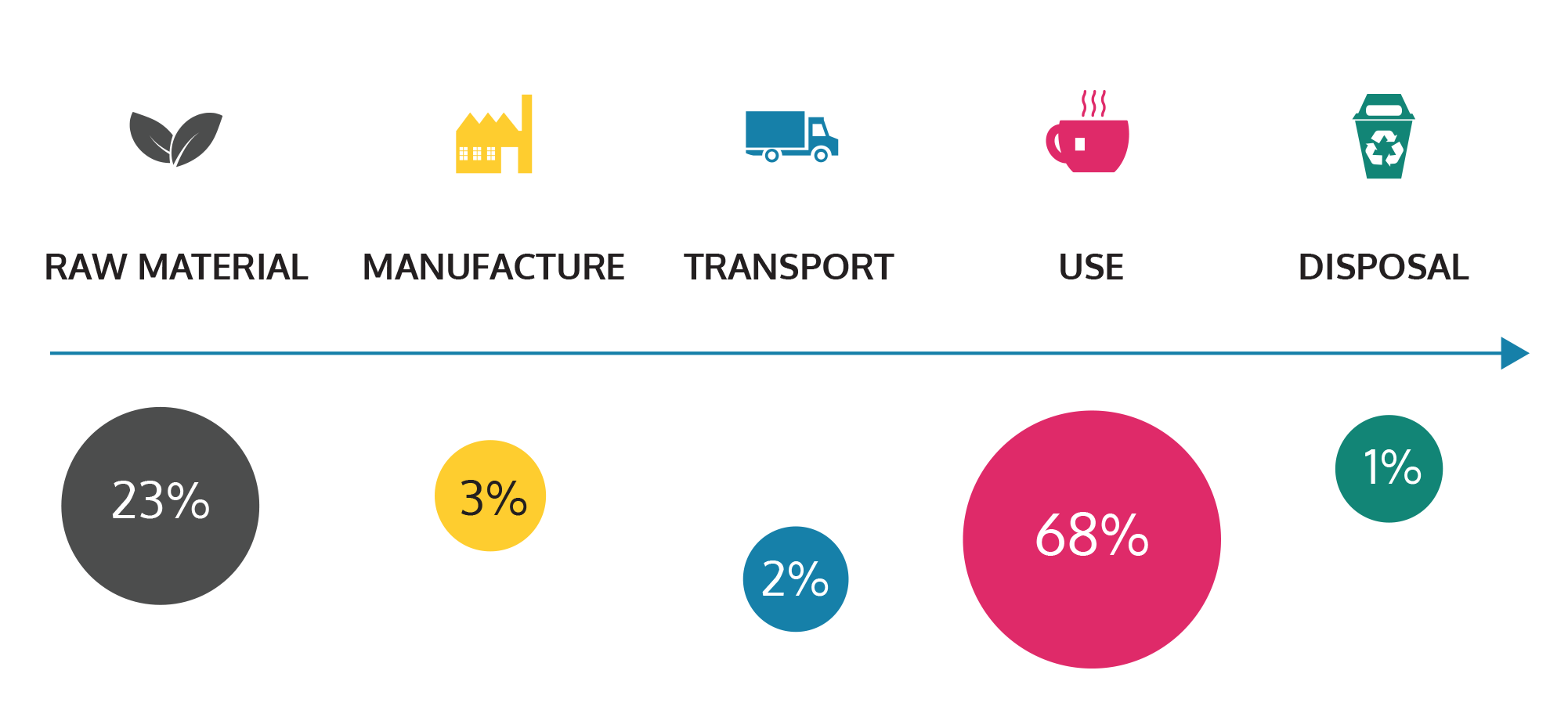
Databases
Several databases for life cycle assessments are available. Some are free of charge, others are commercial and the data quality and transparency differs from database to database.
Swedish Life Cycle Center provides life cycle data in the CPM LCA Database. The administration is mainly managed by Environmental Systems Analysis at Chalmers University of Technology. The data in the CPM LCA Database is open and accessible for free to researchers and practitioners.
Sustainable consumption and production
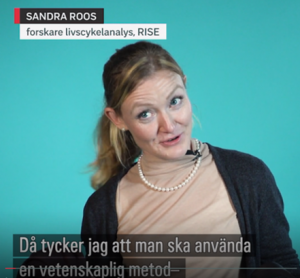
“Sustainable consumption and production is about systemic change, decoupling economic growth from environmental degradation and applying a lifecycle thinking approach, taking into account all phases of resource use in order to do more and better with less” /UN Environment SCP 10 YFP
Get inspired by others and learn more
The Environmental Footprint process (PEF and OEF)
The European Commission has established common methods to measure and communicate the life cycle environmental performance of products and organizations. The overall aim to increase the range of environmentally adapted products on the market. Swedish Life Cycle Center has, with its expert group, followed and influenced the process in the European Commission.
Publications
Here are some of the latest publications, published in Swedish Life Cycle Center’s report series. All publications are available through the link Find all publications below. You will be able to read them online or download them in PDF.
If you can not find the report you are looking for, you may be able to order it from Swedish Life Cycle Center technical secretariat by sending your request to: lifecyclecenter@chalmers.se.
2022_3_Environmental footprint in Sweden_lessons learned
2021_4_ Environmental Footprint – An introduction to the initiative of the European Commission
2020_9_Nature capital and value creation (in Swedish)
2018_03-Att införa ett livscykelperspektiv i miljöledningssystem
Global conferences
FSLCI’s Life Cycle Innovation Conference
SETAC LCA case studies symposium
Webinars
You can watch recorded webinars and other recordings at our Youtube channel.


